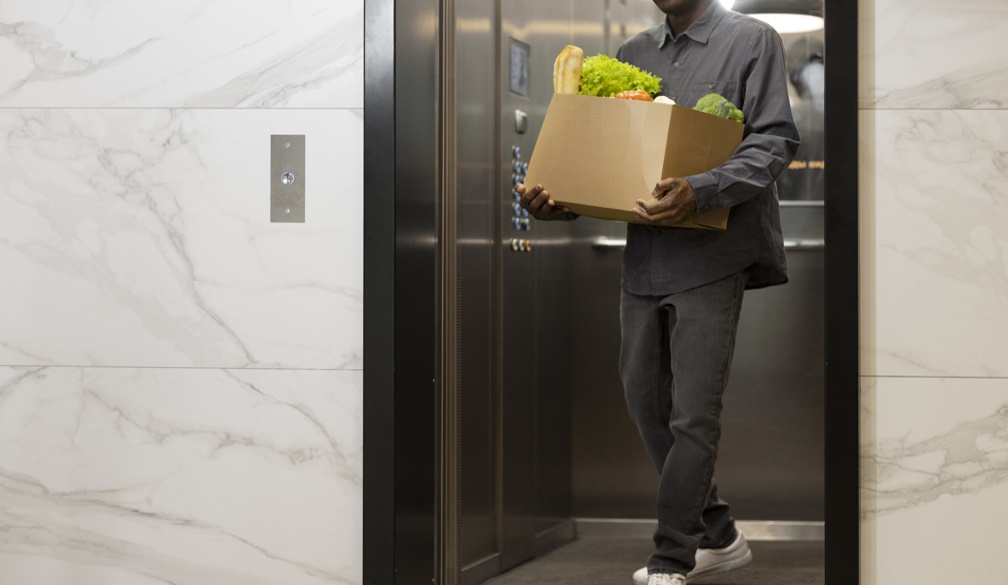Upgrade, Don’t Relocate: How a Home Lift Can Add Value to Your Property

The Australian housing market is showing positive signs for 2026. A recent Housing Industry Australia (HIA) report predicts strong growth, but the real story is in how people are choosing to invest. Instead of moving, many homeowners are renovating. This "upgrade, don't relocate" trend is booming, especially in New South Wales, where renovation spending is set to climb. With high land costs making it expensive to move, people are wisely choosing to improve the homes they're already in. Smart, forward-thinking upgrades, like incorporating stylish and practical home lifts from companies like Goldenhome Lifts who specialise in residential lift installation, are becoming a key way to add lasting value.
The Value Proposition
Choosing to renovate is a wise financial decision. It’s about “spending money to make money” by investing directly into your most valuable asset. When you relocate, a large portion of your budget is lost on dead money like stamp duty, agent fees, and moving costs. When you renovate, you're putting that same capital to good use, building real equity and creating a more enjoyable living set-up.
While a cosmetic update is nice, strategic renovations that boost your home’s functionality offer the biggest returns. An accessibility upgrade like a home lift dramatically improves your property’s market appeal. It immediately makes your home appealing to a broader range of buyers, including affluent downsizers, multi-generational families, and anyone prioritising long-term comfort.
This increased demand doesn't just add to your home's final sale price; it can also mean a faster, smoother sale if you eventually decide to sell. It's a proven strategy for maximising your property's long-term financial performance.
Accessibility Renovations Explained
Accessibility renovations help make homes safer and easier to live in for people of all ages and abilities. Some upgrades are simple, such as grab rails, brighter lighting, wider pathways and step-free entries.
Other changes make even bigger differences, including accessible bathrooms, improved layouts and home lifts. Lifts reduce worry about stairs, which become harder to use over time and are a common cause of falls. They allow access to every part of the home, making it possible to keep using upstairs bedrooms, outdoor terraces or lower-level living areas.
Families with children, older relatives or anyone recovering from injury all benefit from easier movement around the house. Research shows that innovative accessibility features can delay the need for aged care and support people to stay independent longer.
Many buyers look for homes that feel future ready and lifts help achieve that. Modern lift designs are compact, quiet, energy-efficient, and can be installed in more homes than people realise. They help create practical, comfortable, multigenerational living without major lifestyle changes or disruption anytime.
Renovation Planning and Implementation
An important renovation begins long before the first hammer swings. The first step is to define your goals clearly.
Are you renovating for immediate convenience, future needs, or to increase resale value? Your answer will shape the project.
Next, establish a detailed budget, including a 10-15% contingency fund for any surprises. When getting quotes, make sure they are itemised so you can accurately compare them.
Choosing the right professionals is the most critical decision you'll make. Engage a licensed builder and an accessibility consultant who understands the specific building codes and design requirements for features like lifts. They will ensure the result is not only appealing and compliant but also ideally suited to your needs.
Keep communication open with your team throughout the procedure and keep a clear, written contract. This process will help turn your idea into reality and ensure your expectations are met from beginning to end.
Local Context
Sydney’s high land prices and limited housing supply mean that many people stay in their current suburbs rather than buying a new property at a higher cost. Renovation spending in New South Wales is forecast to be almost 50% higher than in Victoria in 2026, which shows how strong the demand is for improving what already exists.
Home lifts have become one of the most popular accessibility upgrades because they let families enjoy multi-level living with ease and comfort.
Adding a lift can also make a property stand out in competitive markets, as few homes offer this feature. Upgrades like this help owners maintain their community ties and increase the long-term worth of their property. By improving functional access and appeal, a lift becomes both a lifestyle decision and a wise investment.
In suburbs with inclines and steep stairs, the advantages become more evident to buyers looking for flexibility and a home that can accommodate their changing needs.
In today’s market, upgrading your home is often a more intelligent choice than moving. A thoughtful renovation, especially one that adds accessibility features like a home lift, is a dual investment in your quality of life and your property's financial future. It guarantees your comfort, improves your daily living, and boosts the market value of your home. Before you consider moving elsewhere, think about why you call it your home. Sometimes, the best decision is to stay put, invest in comfort and flexibility, and enjoy a home that grows with you.




